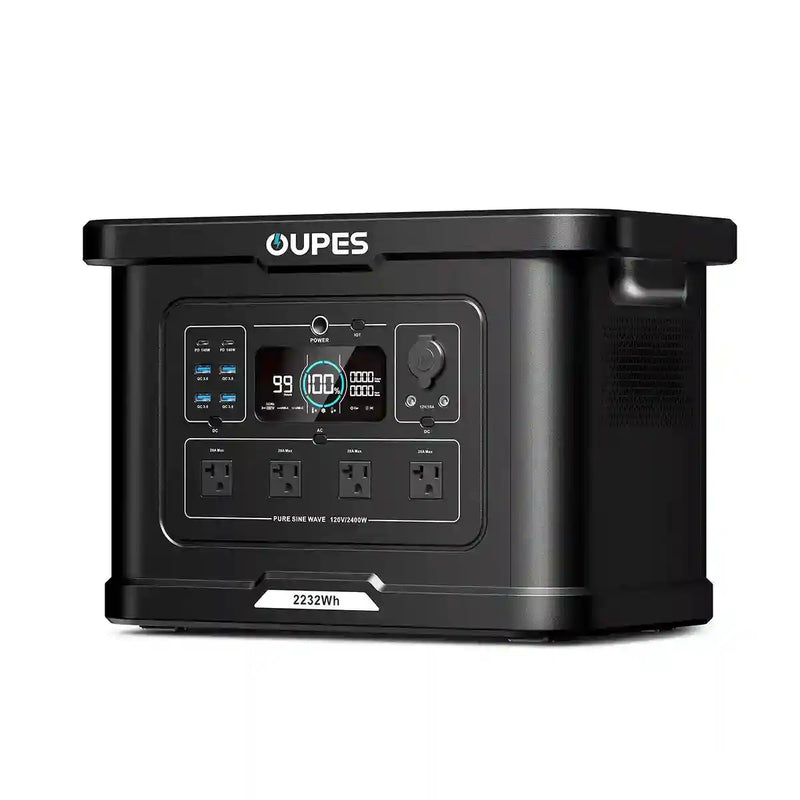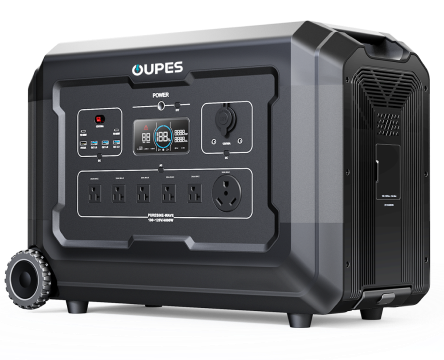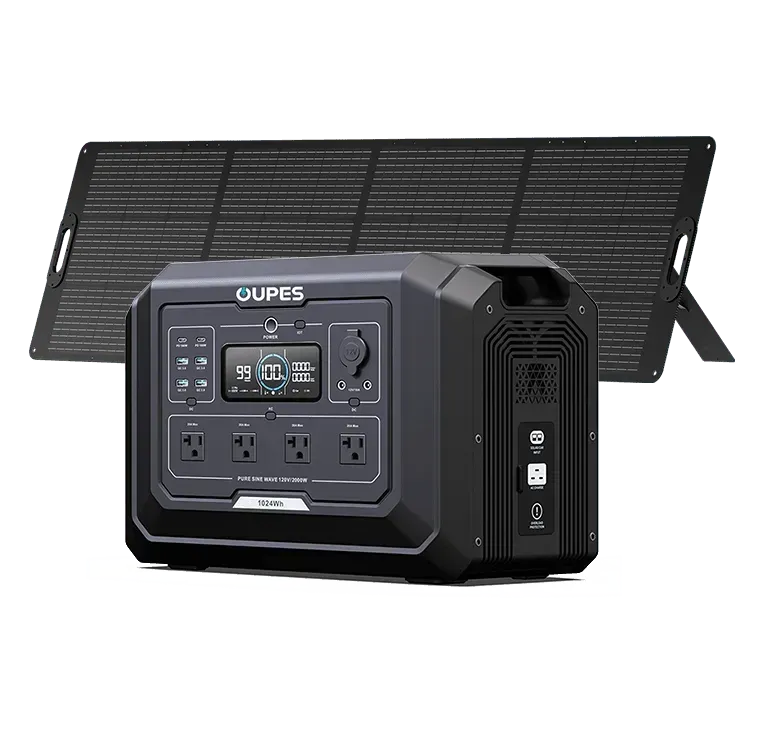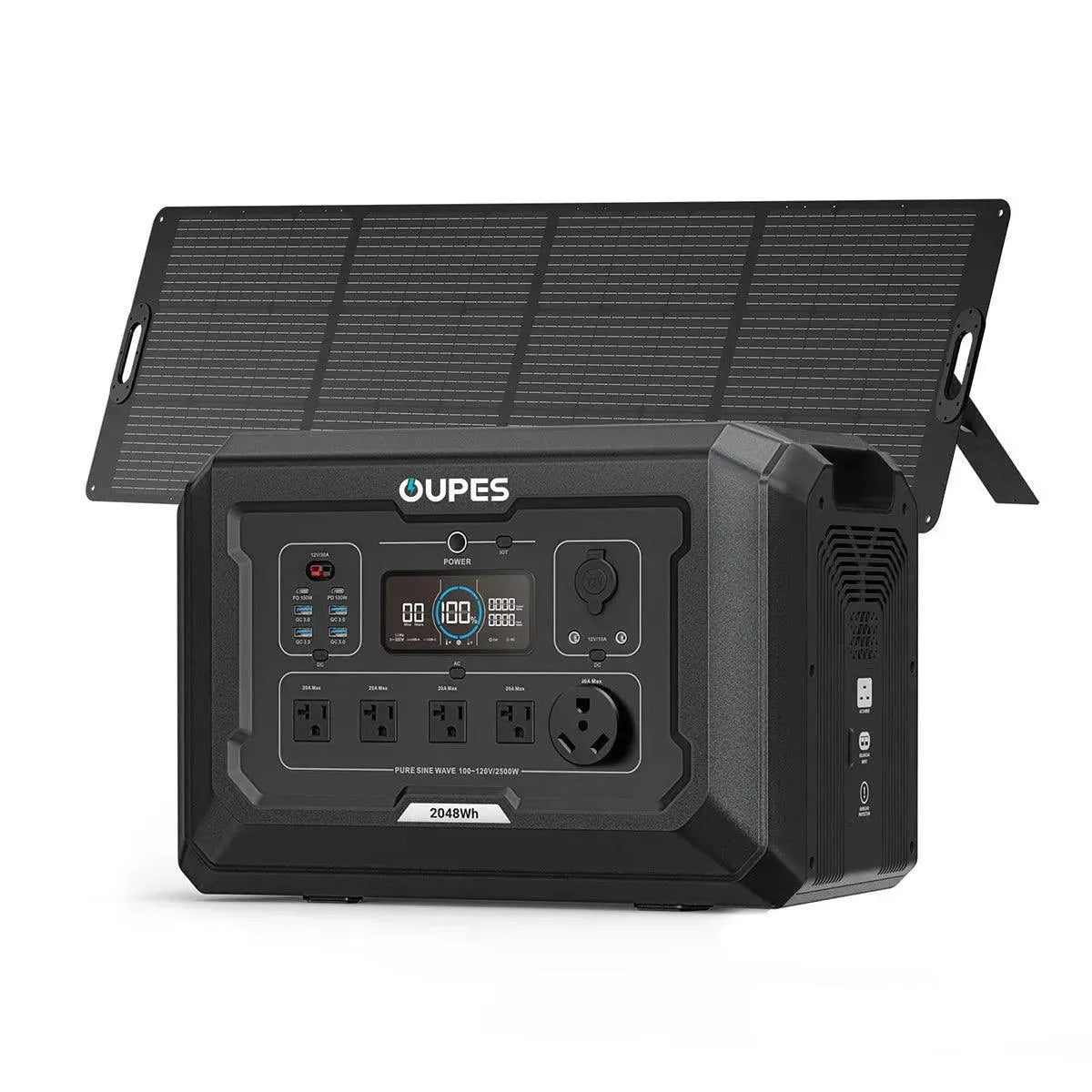
Picture this: A hurricane knocks out the grid for days, but your home remains an oasis of light and comfort. Neighbors scramble for generators while your coffee maker hums and Netflix streams seamlessly. The secret? A perfectly sized battery bank. But determining its ideal capacity isn't about guesswork—it's a precise science where kilowatt-hours meet lifestyle demands. Let's decode the art of matching electrons to your everyday existence.
Decoding Your Home's Energy Appetite
Before sizing your battery bank, you must conduct an energy audit—a forensic examination of your power consumption. Start by logging every appliance: Refrigerators (1.5-2kWh/day), HVAC systems (3-5kW/hour), and hidden vampires like gaming PCs (0.4kW/hour) and aquarium pumps (0.1kW/hour). Multiply each device's wattage by daily usage hours to calculate kilowatt-hours (kWh). A typical 2,000 sq ft home consumes 25-35kWh daily, but variations are staggering—an all-electric home with pool pumps can triple that.
Monitor usage patterns using energy monitors. You'll discover critical insights: Your AC spikes to 5kW during summer afternoons, while nighttime baseload (refrigerator + security system) dips to 0.3kW. These profiles reveal not just total consumption but load distribution—essential for avoiding undersizing. Consider seasonal fluctuations; heating in winter may add 15kWh/day versus minimal spring usage. Professional audits use infrared cameras to detect energy leaks and clamp meters to measure real-time draws, often uncovering 20% in hidden waste from outdated appliances or poor insulation.
Prioritize circuits using a critical load panel. Medical equipment, sump pumps, and refrigeration are non-negotiable, while hot tubs or saunas can be sacrificed during outages. This tiered approach reduces required capacity by 30-50%. For example, powering only 10 essential circuits might demand 15kWh/day versus 40kWh for whole-home coverage. Document each circuit's amperage and voltage—a 20A/120V circuit draws 2.4kW at full load—then calculate worst-case simultaneous demand scenarios.
Battery Chemistry and Capacity Calculations
Not all kilowatt-hours are created equal. Lead-acid batteries offer 50% usable capacity (10kWh nominal = 5kWh usable), while lithium iron phosphate (LFP) like OUPES systems deliver 95%+. This depth of discharge (DoD) drastically impacts bank size: To power a 20kWh/day load with lead-acid, you'd need 40kWh nominal capacity versus 21kWh with LFP. Cycle life compounds this advantage—LFP withstands 6,000+ cycles versus 500-1,000 for flooded lead-acid, making it cost-effective long-term.
Calculate usable capacity using this formula: Daily kWh ÷ DoD ÷ Days of Autonomy = Total Bank Size. For a 25kWh/day load wanting three days' backup with LFP (95% DoD): 25 ÷ 0.95 ÷ 0.9 (inverter loss) × 3 = 88kWh. But this is just the baseline. Now derate for temperature—batteries lose 15-25% capacity below freezing—and aging (LFP degrades ~3%/year). If you're in Minnesota, multiply by 1.2; for Arizona, 1.1 suffices.
System voltage dictates configuration. A 48V battery bank is more efficient for whole-house backups than 12V, reducing current and wiring costs. Four OUPES Mega 5 units (5.12kWh each) in series create a 48V/20kWh bank. But verify inverter compatibility—a 10kW inverter needs batteries capable of 208A continuous draw at 48V (10,000W ÷ 48V). Undersized cables or connectors here cause dangerous voltage drops or shutdowns during motor startups.
The Solar Multiplier Effect
Integrating solar transforms battery sizing from finite reservoir to renewable ecosystem. During outages, panels recharge batteries daily, slashing required bank size by 50-70%. Calculate your solar offset: 5kW of panels generates 20-30kWh daily in sunny regions, potentially covering all daytime loads and replenishing night drain. But design for worst-case scenarios—three cloudy days might yield just 5kWh total, demanding larger batteries for buffer storage.
Micro-inverter systems optimize harvest during partial shading, critical for maintaining recharge rates when trees or chimneys cast shadows. Pair with smart controllers that prioritize battery charging over non-essential loads. For example, during an outage, OUPES systems can divert surplus solar to batteries while limiting home consumption to 1kW—ensuring net daily gain even in winter. East-west panel orientations extend production windows, providing earlier/later power when battery levels dip.
Hybrid inverters enable "pass-through" charging, a game-changer for capacity. Your electric stove (3kW) might run directly from solar at noon without draining batteries, whereas a battery-only system would deplete rapidly. This dynamic load management can reduce required bank size by 40% for homes with high daytime usage. Always oversize solar relative to battery capacity—a 2:1 ratio (10kW solar for 20kWh battery) ensures faster recharge and surplus for direct consumption.
Load Management Strategies
Intelligent load shedding shrinks battery requirements dramatically. Smart panels like OUPES Nova automatically disconnect non-critical circuits during outages, reducing instantaneous demand. Programmable schedules prevent overlapping high-wattage devices—delay dishwasher operation until HVAC cycles off, avoiding 8kW peaks that force oversizing. Even simple manual habits (using microwaves instead of ovens) can cut peak loads by 50%.
Efficiency retrofits deliver exponential benefits. A 20-year-old refrigerator consumes 1,500kWh/year versus 450kWh for ENERGY STAR models—freeing up 1.05kWh daily from your battery budget. Heat pump water heaters use 1/3 the energy of resistance units, while DC ceiling fans draw 15W versus 60W for AC models. LED lighting conversions alone can save 0.5kWh/day per 20 bulbs. These upgrades often pay for themselves in reduced battery costs.
Thermal envelope improvements slash HVAC demands—the largest energy hog. Insulating attics and sealing ducts can reduce heating/cooling needs by 30%, translating to 10kWh/day savings in extreme climates. Smart thermostats optimize runtime, maintaining 68°F during waking hours and 62°F at night. Window films reject solar heat gain, decreasing AC runtime. These measures might reduce your required battery bank from 30kWh to 20kWh while enhancing comfort.
Future-Proofing Your Investment
Scalability is non-negotiable. Modular systems like OUPES allow adding 5kWh blocks as needs evolve—perhaps for an EV charger or home medical equipment. Ensure your inverter has 20-30% excess capacity for future expansion. Forward-compatible communication protocols (CAN bus, RS485) prevent obsolescence when adding new battery modules five years later.
Grid services participation offsets costs. Programs like VPPs (Virtual Power Plants) pay homeowners to share stored energy during peak demand. Your 20kWh bank could earn $500/year feeding the grid at 5-8PM, funding future expansions. These cycles also keep batteries "exercised"—lithium longevity improves with regular partial discharges versus sitting idle.
Weather-learning algorithms represent the next frontier. Systems pre-charge to 100% when storm alerts trigger or conserve energy if cloudy forecasts predict limited solar. OUPES AI predicts outages using historical grid data, automatically switching to economy mode by raising thermostat setpoints 3°F and disabling secondary refrigerators. As battery densities improve (solid-state promises 2x capacity by 2030), today's 20kWh bank might require half the space tomorrow.
Sizing your battery bank is a dance between present needs and future ambitions. It begins with ruthless energy accounting, embraces the solar synergy advantage, and leverages intelligent management to minimize capacity requirements. What seems complex reveals elegant patterns when broken into sequential decisions.
Remember: Your perfect battery bank doesn't just power appliances—it sustains lifestyles. By right-sizing today with scalable technology, you build not just backup power, but enduring energy independence. The grid may falter, but your resilience remains unshaken.




























